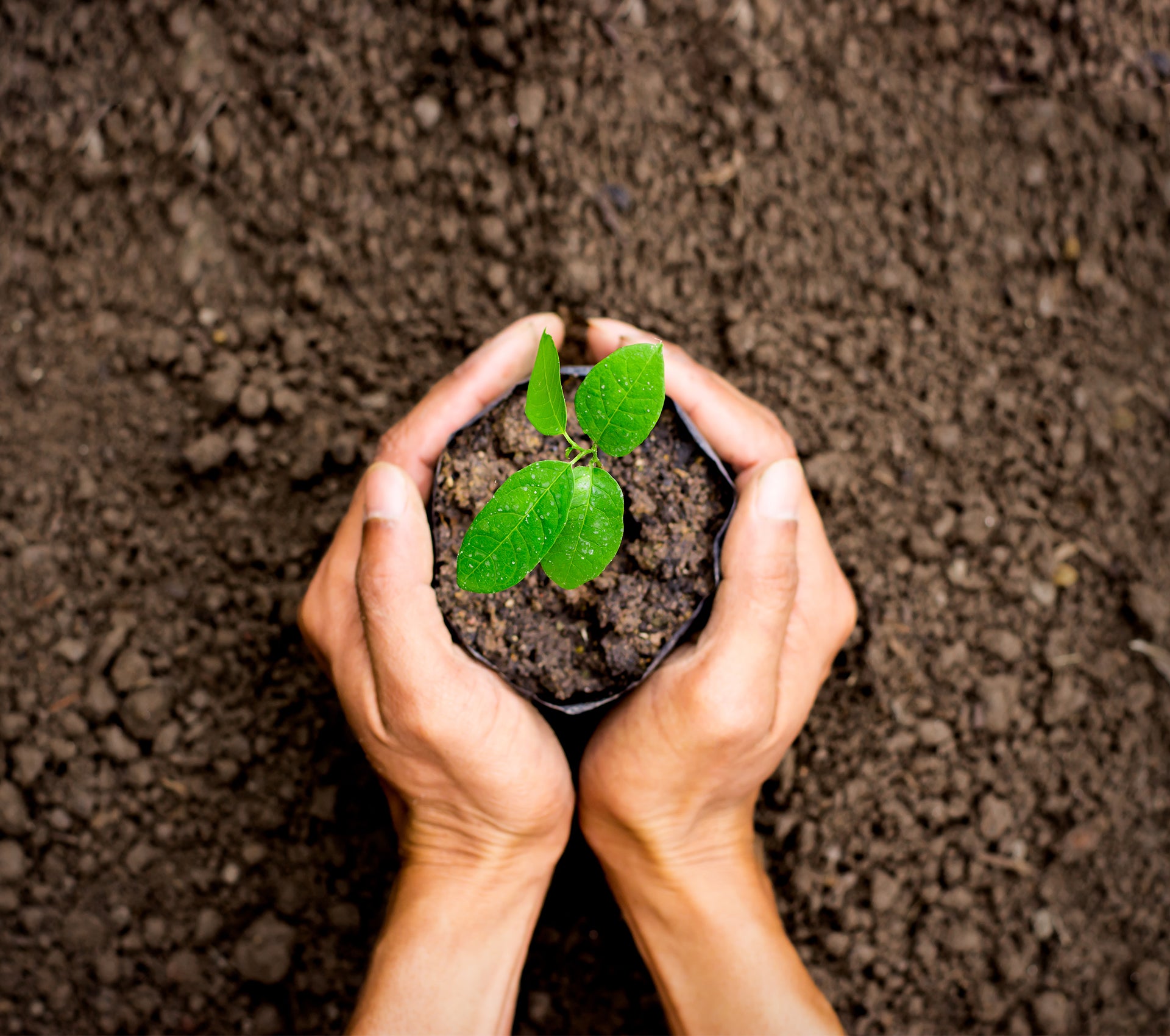50 days from direct-sowing.
Among the most useful of herbs, dill is fragrant, attractive, and delicious. A member of the same family as parsley and cumin, its seeds have a flavor reminiscent of caraway while its leaves have a gentler, more subtle taste. It belongs front and center in your sunny herb garden!
Dill is an annual with feathery blue-green leaves and tiny yellow blooms that produce masses of small brown seeds in fall. Both leaves and seeds are used in cooking, lending their flavors to everything from pickles to potatoes, eggs to fish.
For a regular supply of dill leaves, make successive sowings of the seed every 2 to 3 weeks in well-drained, neutral to slightly acid soil in full sun. Dill prefers to be direct-sown, and should not be covered with too much (if any) soil at planting time. Do not plant near carrots, as they react adversely, or too close to fennel, because the flavor can be affected. However, cabbage seems to like dill nearby, and it's a nice companion to onions.
Even if it were not so delicious, dill would be a valuable addition to the garden, both for its attractive umbrella-like flowers and its ability to attract beneficial insects that prey on aphids and other destructive pests int he garden.
Expect the plants reach 36 inches tall and 12 inches wide. To harvest the seeds, secure a paper bag over the flowerhead as the blooms begin to pass. Shake the stem of the plant every so often; when the bag rattles, it is full of dill seeds! And if you want dill to self-sow in your garden, just let the seeds fall and leave the soil undisturbed. You will have LOTS of new plants in spring! Enjoy. Pkt is 100 seeds.









